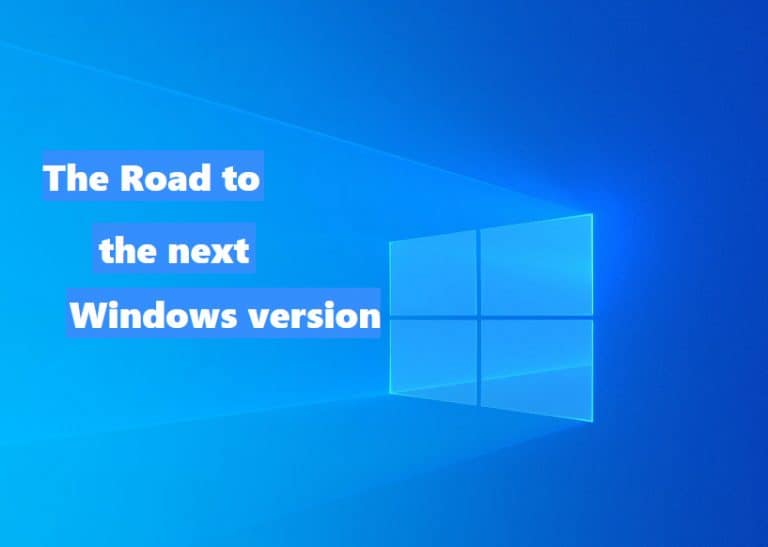Containers and Kubernetes

Note: Written with the help of Microsoft Copilot
A container is a standard unit of software that packages up code and all its dependencies. The goal is to ensure that an application runs quickly and reliably across different computing environments.
The Key benefit of a container is that it allows developers and IT professionals to package applications with their dependencies, making them consistent, portable, and efficient across different environments
Here are some key points about containers:
- Packaging and Isolation: Containers bundle an application’s code, libraries, and dependencies together. This packaging ensures that the application runs consistently, regardless of the underlying infrastructure. Think of containers as self-contained units that isolate software from its environment.
- Portability: Containers are highly portable. You can deploy them seamlessly across various environments, such as development, testing, production, and even across different operating systems (Linux and Windows).
- Efficiency: Unlike traditional virtual machines (VMs), containers share the host machine’s operating system kernel. As a result, they are lightweight, take up less space (typically tens of megabytes), and can handle multiple applications efficiently.
- Security: Containers provide strong isolation capabilities. For instance, Docker containers offer robust default security measures. Applications running in containers are safer due to this isolation.
Top Container Technologies
The most common container technologies in the market follow:
- Docker: Docker was the first major open-source container offering and quickly became a de facto standard. It provides an open-source containerization engine that works seamlessly with various products and tools.
- Kubernetes: As the new standard for clusters and cluster management, Kubernetes supports multiple container runtimes. It initially supported Docker and rkt (or “rocket”) through custom code but now uses the Container Runtime Interface (CRI) to communicate with different runtimes.
- AWS Fargate: AWS Fargate is a serverless compute engine for containers. It allows you to run containers without managing the underlying infrastructure. If you’re looking for a serverless approach to container deployment, Fargate is worth considering.
- Google Kubernetes Engine (GKE): GKE is Google Cloud’s managed Kubernetes service. It provides a fully managed environment for deploying, managing, and scaling applications using Google’s infrastructure.
- Amazon ECS (Elastic Container Service): Amazon ECS is a fully managed container service provided by Amazon Web Services (AWS). It simplifies the deployment and management of containers without the need for complex orchestration like Kubernetes.
- LXC (Linux Containers): LXC is an operating system-level virtualization technology for Linux. It allows you to create lightweight, isolated environments (containers) on a single host.
- Container Linux by CoreOS: Container Linux (formerly known as CoreOS) is designed for running containers. It provides an operating system optimized for container workloads and automatic updates.
- Microsoft Azure Containers: Positioned as an alternative to Linux, Microsoft Containers can support Windows containers under specific circumstances. If you’re in the Azure ecosystem, this is a solid choice.
- Docker Enterprise: Docker Enterprise extends Docker’s features and adds commercial support. It’s suitable for organizations that need a support matrix and commercial assistance.
- Red Hat OpenShift: OpenShift, developed by Red Hat, builds on Kubernetes and provides additional features beyond plain Kubernetes. It’s an enterprise-ready platform for containerized applications.



